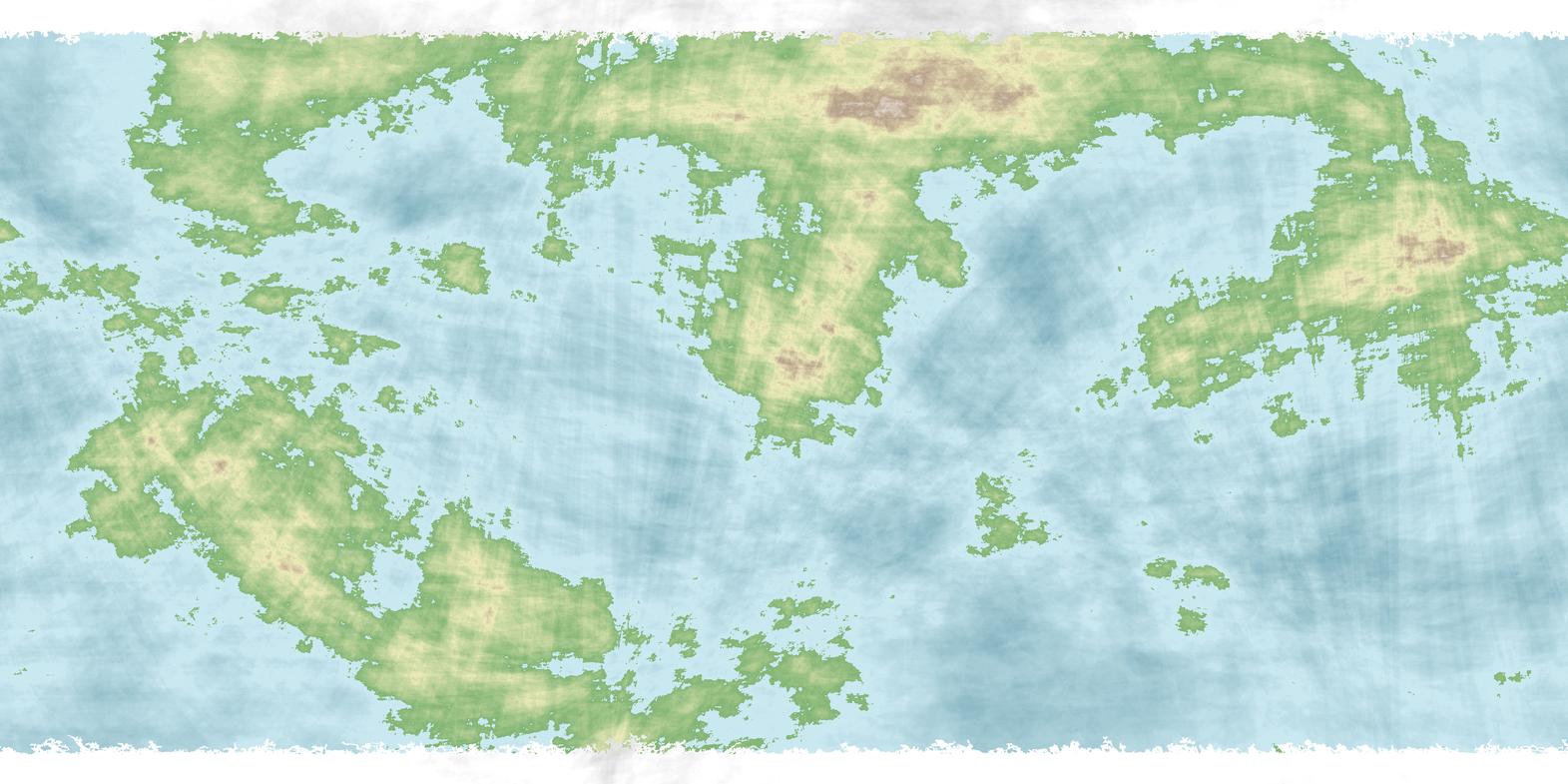Im working on this little hobby project and i've come to the stage where i want an actual world map. So id decided to use one of the mapgens out there untill i found one i was happy with:
Now i have been following Artifexian among others and i thoght why not make a relative realistic map. So first task was to draw out some plates. I mapped it to GPlates (where it actually looked really nice) and came up with the following:
Now, is this reasonable placement of plates? Any tips and suggestions are welcome.
I want to mention that this is a generated map and a rough draft, i inted to keep cleaning it up as i keep working on it. I imagine there's way to many tiny island and stuff here and there, but i'll get to that eventually.
Update:
Firstly i would like to thanks for the feedback i recived thus far, it has been helpful. Now english is not my first language so i may have misinterpreted some things but so far this is what i've come up with:
The top borders looks a little wonky due to mapping, here's how the projected atlas looks:
Any further feedback is of course much appreciated.




